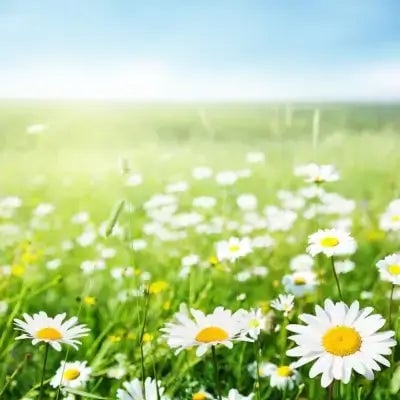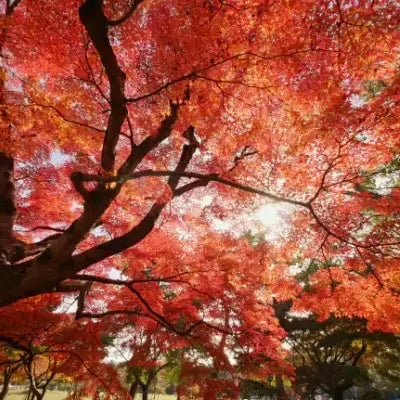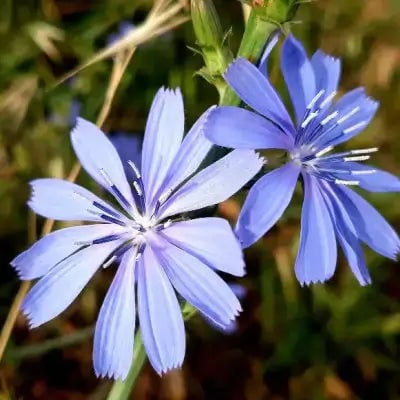10 Drought-Resistant Plants That Prove Tough During Dry Periods
Gardeners need drought-tolerant plants because they want landscapes that flourish without frequent watering as extreme weather becomes more frequent. Numerous plant species endure extended dry periods through water storage in their roots, reduced leaf surface areas, and the development of deep taproots. For xeriscape gardeners or anyone seeking convenient plant options, these ten species thrive under intense heat and endure dry periods effortlessly.
1. Blanketflower (Gaillardia pulchella): vibrant colors to parched landscapes.
This tough perennial Blanketflower flourishes under scorching heat and arid environments. Its daisy-like flowers display bright red and yellow petals, attracting pollinators. This North American native plant is established quickly in sandy or rocky terrains and needs minimal upkeep after it becomes established. Its deep taproot enables it to access moisture underground, making it a top choice for drought-tolerant garden plants in arid regions.
2. Yucca (Yucca filamentosa): The Desert’s Architectural Wonder
Drought-resistant Yucca plants stand out through their sharp sword-shaped leaves and tall flowering spikes. These plants originate from dry areas, keeping water in their dense leaves while needing only sporadic rain to prosper. These plants thrive in xeriscaping designs and rock gardens, as well as in locations with poor soil conditions. Their creamy white flowers attract pollinators.
3. Purple Coneflower (Echinacea purpurea): The Very Hardy in Droughts
Purple coneflower is one of North America's best-known wildflowers, combining beauty and resilience. This perennial plant survives extended dry spells due to its deep root system despite its drought tolerance. Purple coneflowers bloom throughout summer and fall, supplying bees and butterflies with nectar. Coneflowers perform best in soil draining well and under full sunlight, making them perfect for prairie gardens, meadows, and urban landscaping.
4. Sedum (Sedum spectabile): The Water-Storing Succulent
Stonecrops and sedums thrive in dry conditions thanks to their thick leaves, which retain water. These plants are ground-covering creepers and tall varieties with noticeable pink or red blooms. Shorter sedum species suit rock garden designs, and the larger varieties enhance the texture of perennial borders. Because Sedum is nearly indestructible, gardeners find it ideal for maintaining low-effort landscapes.
5. Butterfly Weed (Asclepias tuberosa): The Monarch’s Dry-Loving Haven
This perennial plant, butterfly weed, survives drought conditions and grows well in sandy or rocky soils. Its striking orange flowers stand out in any garden, and its milkweed status makes it essential for monarch butterfly survival. Butterfly weed thrives in wildflower gardens and pollinator habitats because its deep taproot helps it survive drought.
6. Russian Sage (Perovskia atriplicifolia): Russian Sage
The Russian sage perennial survives drought due to its airy lavender-blue flower spikes and silvery-gray foliage. This plant flourishes under full sun exposure and well-draining soil conditions, making it ideal for hot and dry environments. The plant's fragrant foliage keeps deer away while its flowers pull bees and butterflies all summer long. After planting Russian sage, it becomes established and requires very little water, making it essential in water-conserving garden designs.
7. Wild Quinine (Parthenium integrifolium): A Tough Native Perennial
Wild quinine is a relatively undiscovered native perennial that survives drought and poor soil environments. Clusters of small white flowers bloom all summer on this plant, drawing in helpful insects. The hardy plant grows well in dry prairies, meadows, and pollinator gardens, where it excels as a native plant option.
8. Prickly Pear Cactus (Opuntia humifusa): stands as the robust succulent plant of eastern regions.
Among the limited species of cold-hardy cacti, the prickly pear cactus flourishes in environments that experience hot and dry weather. This plant has large water-retaining pads with spine coverage and bears striking yellow flowers that give way to red edible fruits. Prickly pear cactus needs well-draining soil and full sun exposure to thrive in rock gardens and xeriscapes. When established, this plant survives extended periods without water.
9. Blue Star (Amsonia tabernaemontana): A Native Drought Survivor
The native perennial Blue Star endures dry conditions effortlessly. Blue star flowers bloom with star-shaped blue blossoms in spring, while their feathery green leaves change to a golden color during fall. Blue Star works well in different soil conditions, making it perfect for garden borders, cottage gardens, and native plantings. Since it requires minimal upkeep and deters deer, it is an excellent choice for drought-resistant planting.
10. Rattlesnake Master (Eryngium yuccifolium): The Unusual Drought Fighter
Native perennial rattlesnake master features long sword-like leaves and striking white flowers resembling thistles. This plant flourishes in dry prairies and sandy soil conditions, making it perfect for xeriscapes and gardens with native plants. Once established, this plant needs minimal care because pollinators enjoy its nectar-filled flowers.
Maintaining a sustainable garden requires the selection of drought-resistant plants, which is particularly necessary in regions where rainfall patterns cannot be predicted. These ten plant species have adapted to survive arid environments yet contribute aesthetic value and ecological diversity to garden landscapes. Drought-tolerant options such as purple coneflower and blue star, along with structural plants like yucca and rattlesnake master, demonstrate that plants that endure dry conditions can still deliver aesthetic value.
Choose these plants for your landscaping to develop a garden that conserves water. These plants successfully endure drought conditions and flourish with little maintenance, which keeps your garden full of life every season.
Read more

Creating a stunning flower garden doesn't have to break the bank. You can transform your outdoor space into a colorful and inviting oasis with creativity, thoughtful planning, and a few budget-frie...

As the summer ends and the weather gets colder, you know it is time for the leaves to begin to fall and turn all of their bright shades of yellows, reds, and oranges.


